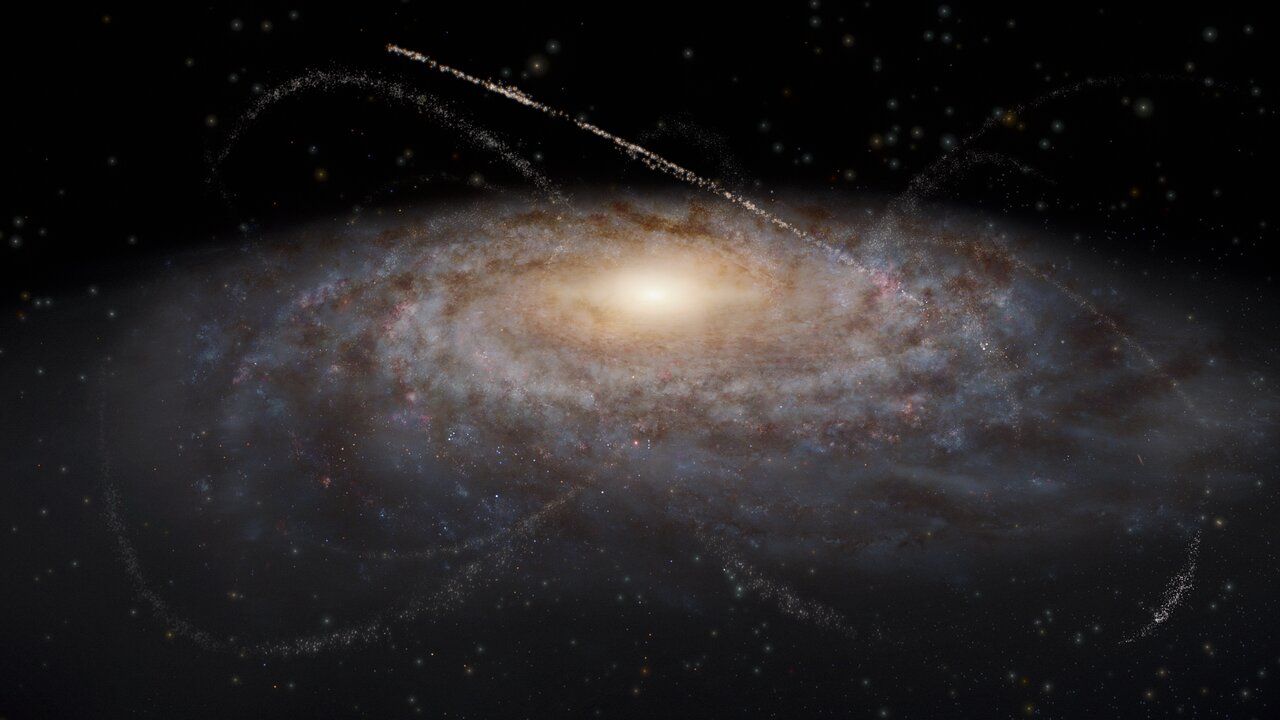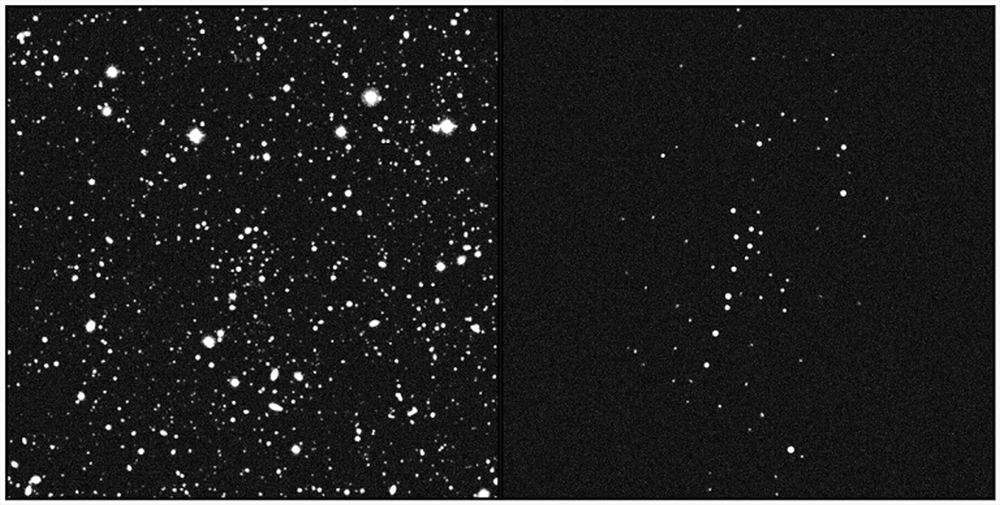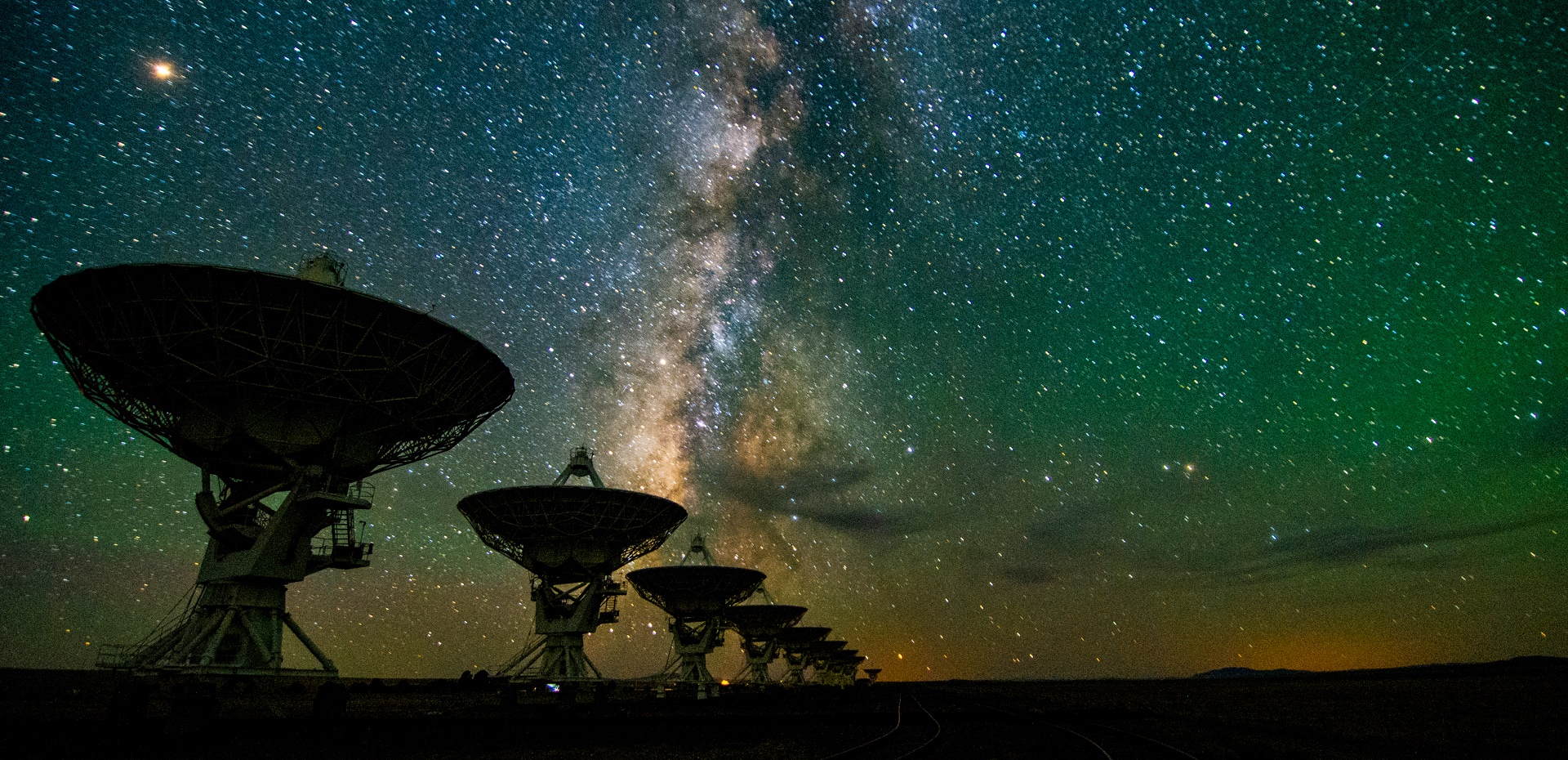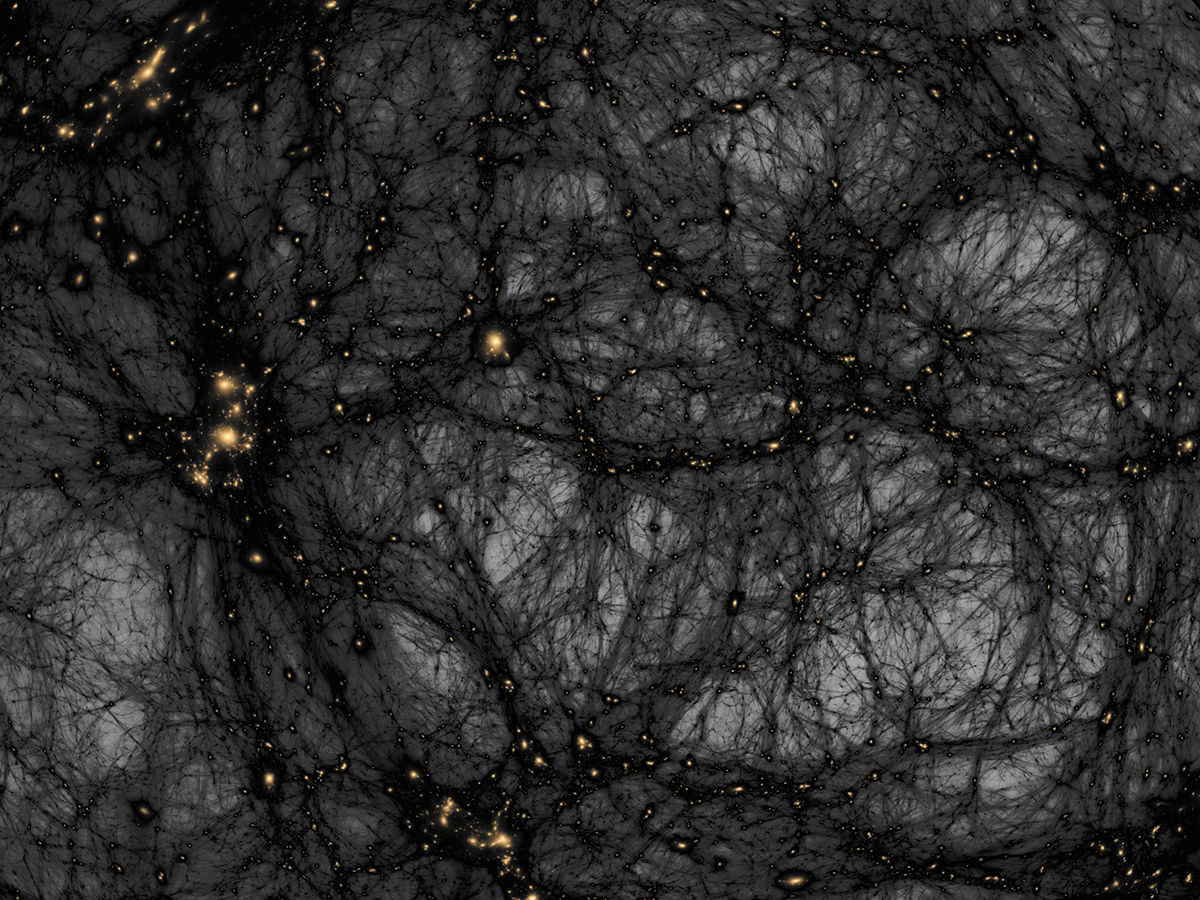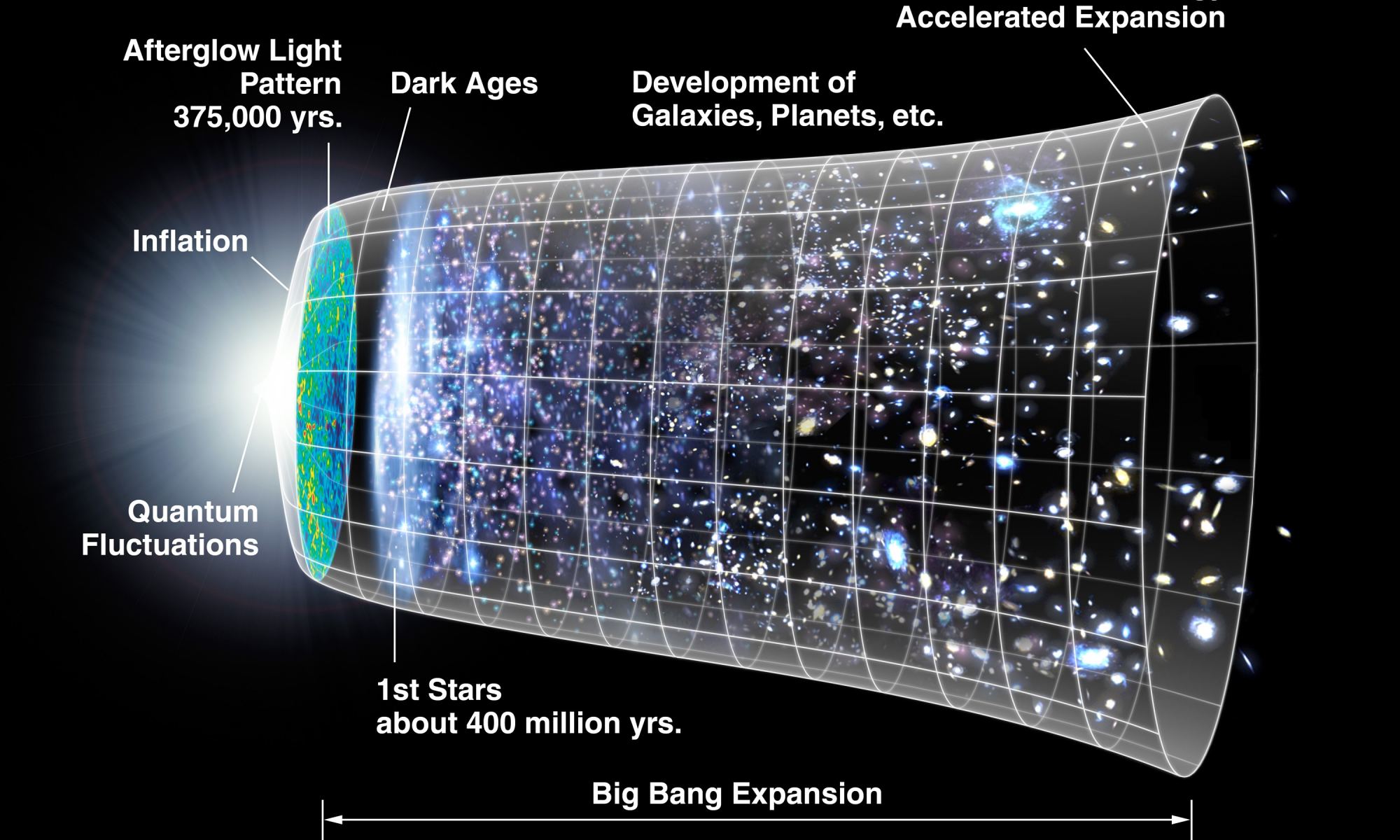According to Sir Isaac Newton’s theory of Universal Gravitation, gravity is an action at a distance, where one object feels the influence of another regardless of distance. This became a central feature of Classical Newtonian Physics that remained the accepted canon for over two hundred years. By the 20th century, Einstein began reconceptualizing gravity with his theory of General Relativity, where gravity alters the curvature of local spacetime. From this, we get the principle of locality, which states that an object is directly influenced by its surroundings, and distant objects cannot communicate instantaneously.
However, the birth of quantum mechanics has caused yet another conceptualization, as physicists discovered that non-local phenomena not only exist but are fundamental to reality as we know it. This includes quantum entanglement, where the properties of one particle can be transferred to another instantaneously and regardless of distance. In a new study by the International School for Advanced Studies (SISSA) in Trieste, Italy, a team of researchers suggests that Dark Matter might interact with gravity in a non-local way.
Continue reading “Dark Matter Might Interact in a Totally Unexpected Way With the Universe”




